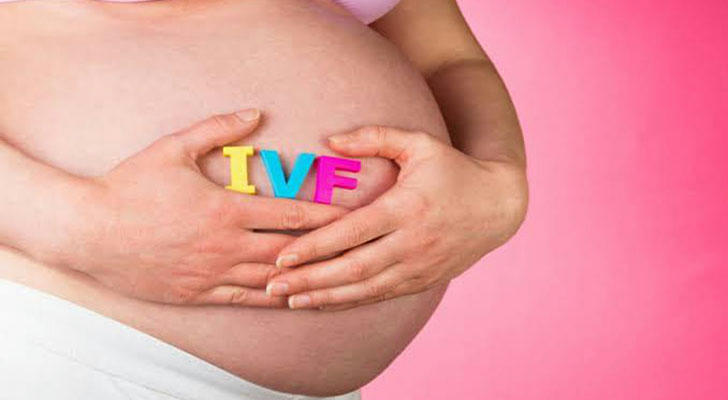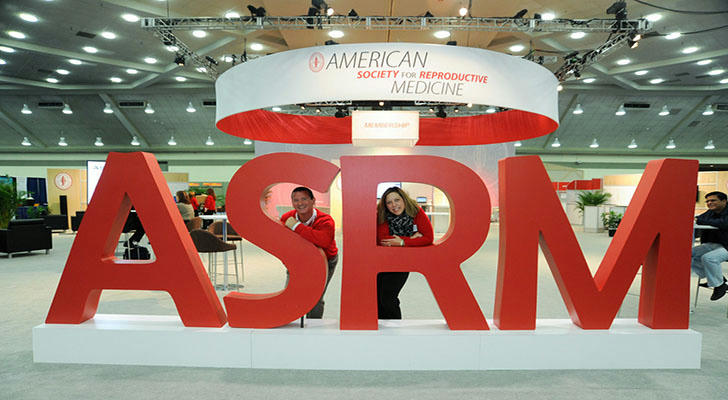IVF assistance program in the United States: Help you realize your dream of having a baby
The development of IVF technology has brought hope to countless infertile couples. However, high medical costs often become a stumbling block that prevents many families from realizing their dream of having a baby. In the United States, in order to help more families realize their desire to have children, the government, non-profit organizations, insurance companies, and fertility clinics have launched a series of IVF assistance programs.

Why is the demand for IVF growing?
• Late marriage and late childbearing: Women's fertility declines with age.
• High life pressure: High-intensity work and life pressure may affect reproductive health.
• Environmental pollution: Environmental pollutants cause damage to the reproductive system.
• Reproductive diseases: Reproductive system diseases such as polycystic ovary syndrome and endometriosis can lead to infertility.
• Advances in assisted reproductive technology: The maturity of IVF technology and the increase in success rates have made more people willing to try.
Find ways to get IVF assistance
Non-profit organizations
• Professional fertility organizations: In addition to Resolve, there are many other non-profit organizations that focus on fertility issues. These organizations usually provide patient education, support groups, and resources related to financial assistance.
• Religious organizations: Some religious organizations or faith-based groups may also provide fertility assistance, especially for members of their community.
• Charitable foundations: Many large charitable foundations also provide grants to support fertility treatments, especially for low-income families or patients with rare diseases.
Patient advocacy organizations

• ASRM: The American Society for Reproductive Medicine (ASRM) not only provides a wealth of resources, but also actively advocates for policy changes to improve the rights of patients with infertility.
• Patient support groups: Join a patient support group to connect with others who are going through similar experiences and get emotional support and practical advice.
• Online communities: Many online forums and social media groups provide a platform for infertility patients to share information and experiences.
Government agencies
• State government programs: In addition to the health and social services departments, you can also contact your state legislator's office to find out if there is any relevant legislation or initiatives.
• Federal government programs: Although the U.S. federal government currently does not have a national IVF assistance program, you can monitor some changes in federal health insurance programs and assistance programs for special populations.
• Local governments: Some city or county governments may provide fertility assistance, especially for low-income families.
Fertility Clinic
Contact your chosen fertility clinic directly to inquire about their financial assistance programs. Many clinics offer in-house assistance or work with outside agencies.
Insurance Company
Read your insurance contract carefully to find out if your plan covers IVF treatment. Some insurance companies offer fertility insurance that can reimburse some or all of the costs.
How to Apply for Assistance
• Medical Records: Include infertility diagnosis, past medical history, etc.
• Proof of Income: Prove your family income level.
• Insurance Information: Provide your insurance card and related information.
• Other Requirements: Application requirements may vary from institution to institution, so please read the application guide carefully.
Real Case: Emily and David's Happy Ending
Emily and David are a young couple from the United States who have been married for many years but have not been able to get pregnant. After many examinations, the doctor diagnosed them with fertility problems. In order to realize their dream of becoming parents, they decided to try IVF. However, the high medical expenses made the young couple very anxious.
On the recommendation of a friend, they contacted the American Society for Reproductive Medicine (ASRM). ASRM provided them with detailed information on assistance programs and helped them find a cooperating fertility clinic. With partial financial assistance from ASRM, Emily and David began their IVF journey. After several months of waiting and treatment, Emily finally became pregnant. Soon after, they welcomed a lovely baby. Emily and David are grateful for ASRM's help. They believe that ASRM not only helped them realize their dream of having children, but also brought them endless happiness.
Conclusion
The emergence of IVF assistance programs has brought hope to countless infertile families. These programs not only reduce the economic burden of families, but more importantly, they reflect the society's care for vulnerable groups and contribute to building a harmonious society. By providing financial support and psychological comfort, IVF assistance programs give more families the opportunity to realize their dream of becoming parents.
